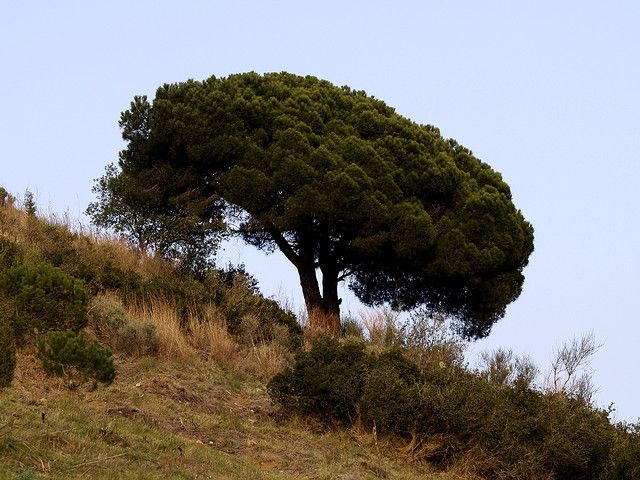-
 cDNA
cDNA
-
 Kilogram
Kilogram
-
 Microsoft System Center DPM
Microsoft System Center DPM
-
 Hepatitis E
Hepatitis E
-
 Glucose
Glucose
-
 Wardriving
Wardriving
-
 Rillwash
Rillwash
-
 Microdiorite
Microdiorite
-
 Ring Nebula
Ring Nebula
-
 Atomic nucleus
Atomic nucleus
-
 Viral load
Viral load
-
 IPTV
IPTV
-
 Off-shore
Off-shore
-
 Lidar
Lidar
-
 Ebola virus haemorrhagic fever
Ebola virus haemorrhagic fever
-
 TWMD
TWMD
-
 ALT
ALT
-
 Anthelminthics
Anthelminthics
-
 Natural selection
Natural selection
-
 Qubit
Qubit
-
 Walking bus
Walking bus
-
 Tourette's syndrome
Tourette's syndrome
-
 Biofilter
Biofilter
-
 Internal ear
Internal ear
-
 Temperature method
Temperature method
-
 Unit cell
Unit cell
-
 Citric acid cycle
Citric acid cycle
-
 Quaoar
Quaoar
-
 Narcolepsy
Narcolepsy
-
 Anseriformes
Anseriformes
Stone pine
The stone pine is by far the most beautiful conifer in Europe. It can reach heights of 30 m.

The stone pine, a conifer in the Pinaceae family © chemazgz, Flickr CC by nc-sa 2.0
Names
The stone pine (Pinus pinea) is a conifer in the Pinaceae family. It also has many other names, such as the "Italian stone pine", the "umbrella pine" and the "parasol pine".
Botanical description of the stone pine
At the adult age, this tree has a very typical umbrella-like structure. When young, its structure is spherical. Its trunk is often single. Its very crackled bark is reddish brown with grey glints.Over time characteristic greyish plates develop. Its persistent leaves are persistent needles which are not very prickly.These needles are grouped into pairs with their bases in the same sheath. Like all pines, this is a monoecious species with male cones that are brownish orange, ovoid and grouped at the base of young shoots.Female cones are yellowish-green, solitary and small before fertilisation. Its fruit are quite large cones that can measure up to 14 cm. They mature after 3 years and enclose a large, edible seed.

Parasol pine. © Peg, Flickr CC by nc-sa 2.0
Origins
This tree is only found around the edge of the Mediterranean, especially in Southern France and Corsica, and always scattered over a wide range.
Growing conditions of the stone pine
This species tolerates most types of soil. It is very sensitive to cold temperatures and requires lots of light.
Use
The stone pine's seeds, called pine nuts, are used in pastry making and confectionery. Oil can also be extracted from these seeds. The tree's wood is sometimes used in joinery and building.
Author: Michel Caron
 Parasol pine. © fturmog, Flickr CC by nc-sa 2.0
Parasol pine. © fturmog, Flickr CC by nc-sa 2.0
Latest
Fill out my online form.



